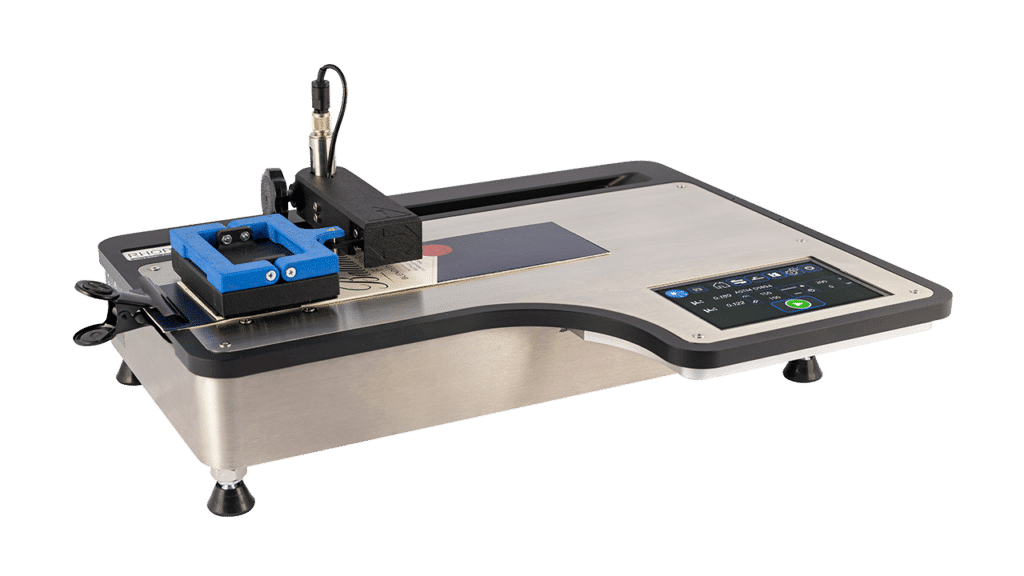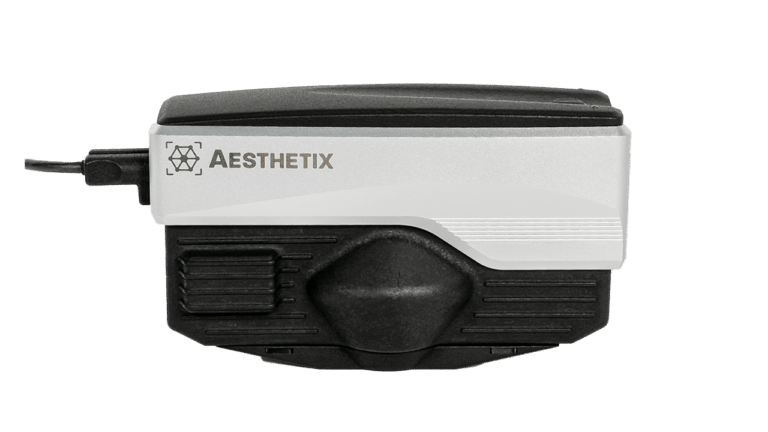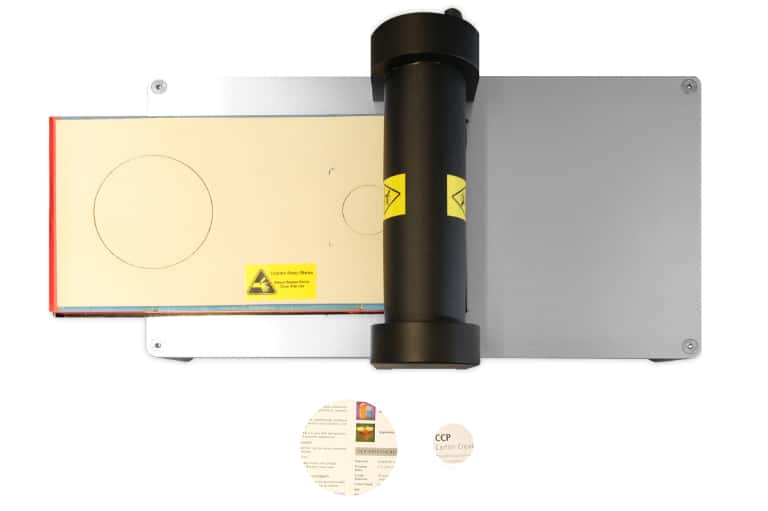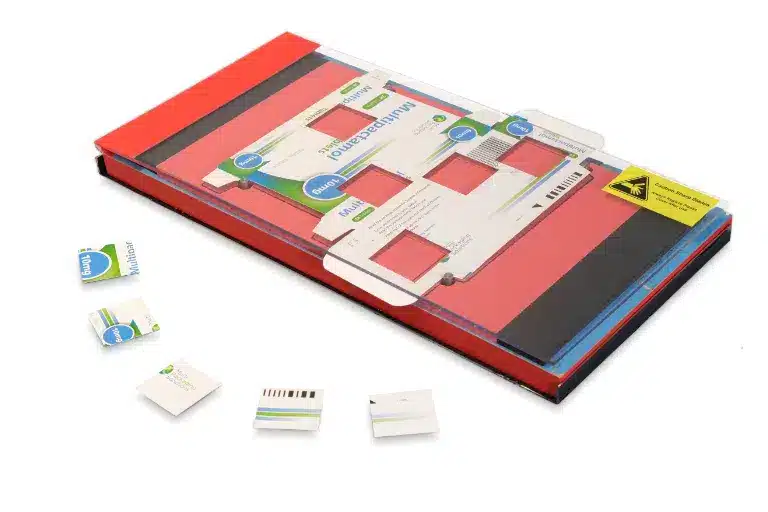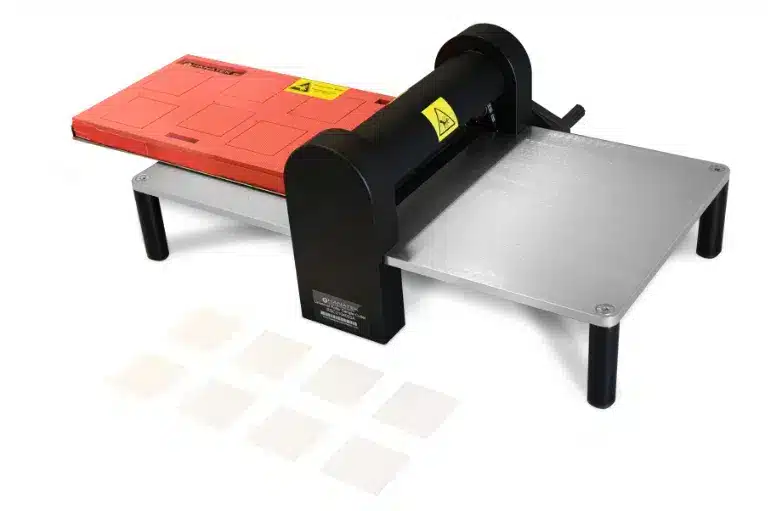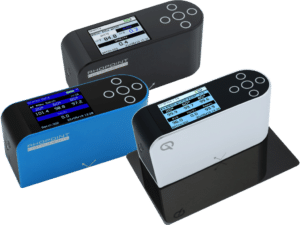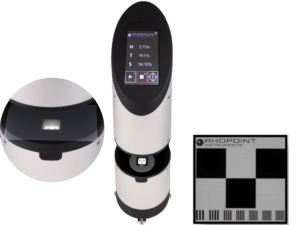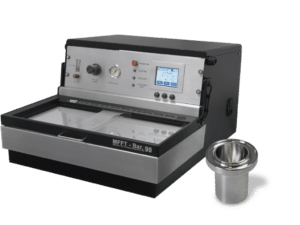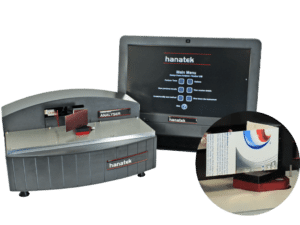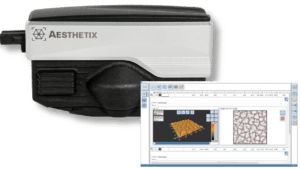Who measures slip/friction?
Friction testing is used in the packaging industry to measure the slip resistance of a product, with the aim of predicting feeding and running speed on an automatic glueing, erecting, filling or packaging line.
Other industries that test for slip include the paper industry (e.g. for the automatic feeding of envelopes and banknotes) and plastic manufacturers (the frictional properties of packaging films).


